I built my own board with a LAN8720 chip but I can't get it to work. I found out that the ferrite bead I used only outputs ~1.4V from 3.3V input, which is way too low.
I used some guidelines and other boards as examples for the layout. The first one used this bead, the other is uses this one MPZ1608B471.
Because my electronics dealer didn't have either of those, I tried to compare the data and took the one I linked first.
Did I make a mistake there? I don't really undestand the data from ferrite beads.
The datasheet doesn't help much either as I can only find "bead" in this picture:
Here is the schematic from my board. Ignore Q4 as it was removed and bridged. L1 is the bead.
Overall, my ESP gets the clock signal but can't initialise the PHY (LAN8720) chip and my RJ45 doesn't get enough power, either. (The diodes don't go on.)

